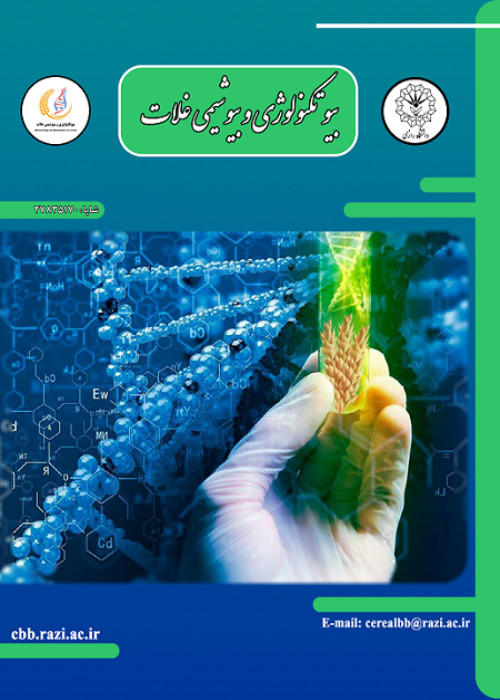Investigating the physiological traits of quinoa genotypes (Chenopodium quinoa Willd.) under salt stress conditions
One of the primary challenges that exist all over the world is the reduction of plant yield due to soil salinity. 5.97% of the world's water is saline, and also many areas have saline land. Human activities exacerbate this challenge. Salinity is one of the main issues affecting the yield of crops worldwide, and more than 7% of flat land is salty. The nutritional superiority of quinoa has been known since ancient times in the Inca Empire. The importance that quinoa can play in nutrition is emphasized not only in developing countries but also in developed countries. Quinoa seeds have a higher nutritional value than most grains and contain high-quality protein and large amounts of carbohydrates, fat, vitamins, and minerals. Quinoa shows high levels of resistance to prevailing adverse factors such as soil salinity, drought, cold, diseases, and pests.
In this study, the physiological effects of salinity stress on two quinoa genotypes in the germination stage were investigated. The studied genotypes were Sajama and Titicaca. The salinity stress (NaCl) was applied at 0, 4, 6, 8, 10, and 12 decisions per meter. This experiment was carried out using a factorial design based on the completely randomized design in the laboratory of Guilan University in 2015. The measured traits were germination percentage, root length, shoot length, plant weight, Malondialdehyde (MDA) concentration, catalase, and peroxidase.
The results obtained from the analysis of variance showed that the effects of genotype, salinity, and interactions were significant for different traits. According to the results, germination percentage, root length, shoot length, and plant weight decreased with increasing salinity levels. The germination percentage of the Sajama genotype showed a response at 10 and 12 decimes/m salinity, while the germination percentage of the Titicaca genotype decreased at the salinity level of 6 decimes/m. Increasing the level of salinity stress resulted in increasing the accumulation of malondialdehyde, peroxidase, and catalase activity in the examined genotypes. At salinity levels of 6 and 4 dS/m, the highest amount of catalase was obtained for Sajama genotype in comparison with other genotypes.
Sajama is introduced as a salinity tolerant genotype for further studies due to the superiority of indicators such as the activity of antioxidant enzymes. It can be said that the Sajama genotype under the effect of salt stress can reduce the harmful effects of salt stress by removing oxygen-free radicals and cleaning the cell environment from them.
catalase , Germination , Salinity , quinoa , peroxidase
- حق عضویت دریافتی صرف حمایت از نشریات عضو و نگهداری، تکمیل و توسعه مگیران میشود.
- پرداخت حق اشتراک و دانلود مقالات اجازه بازنشر آن در سایر رسانههای چاپی و دیجیتال را به کاربر نمیدهد.


